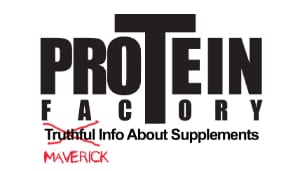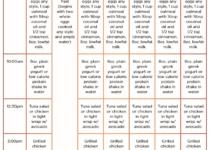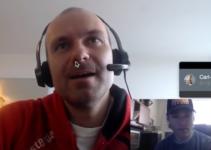When it comes to building muscle, there are dozens of factors that come into play. The end result is a better-looking body. And a part of that is getting bigger. Size matters. It just goes with the territory.
As far as getting bigger, the main factor is increasing caloric intake. It just can’t be done without it. Supplements can help as well. But unless you train in a way that promotes growth, you’re just spinning your wheels.
Although a variety of techniques is best to build a polished, finished physique, it takes heavy training with compound movements to stress the big, white, fast-twitch type 2 muscle fibers — which are what are contained in the large muscle groups — the chest, back and thighs. That’s where the majority of size and strength comes from. (And yes, if your skin color isn’t white, those muscles still are. That says something in itself).
Okay, so we’re talking about big basic movements — Squats, Bench Presses, Rows, etc. But there’s an additional element…and that’s how the sets are performed.
It’s obvious that if you’re going heavy, the reps won’t be too high, but there are several approaches to this. To best show how this works, here are a few examples of taking the same basic routine, done several ways —all designed to put on more size. For example…
Let’s take a basic “all-over” compound movement routine. There is an advantage to working the entire body in one workout instead of specializing on various bodyparts. For one thing, it’s more overall stress which translates into more release of Growth Hormone. Since the workouts are short and intense and an overall strain to the endocrine system,more rest is required (and deserved!), so training three times a week is plenty. (Any more would be counter-productive). This adds up to more growth time. So if you do a workout consisting of Bench Press, Overhead Press, Rows and Squats — all in the 8 rep range, you then can approach it by either taking a long time in between sets in order to give each set as much exertion as possible. Or…you can work in an even lower rep range — 6 reps — but take a short break in between sets. This allows for more explosive effort and it increases cardio output (even though low rep training isn’t thought of as “aerobic.”) Which is better? That’s the point — there is no “better.” They both work well, in slightly different ways. And by employing the “muscle confusion” principle, which essentially prevents the body to adapting to any training style, progress is more consistent. So even though you’ll be doing a “bulking” routine, it doesn’t have to be the same thing all the time. In fact, mixing it up all yield better results.
You can even specialize body parts using the same approach. For example, let’s say you want to train chest and triceps. You can take the same method of either training heavy with long rests for power or short rests for increased intensity. In this case it’s best to work a major body part and then work its assisting part. Therefore, when training chest, which is mostly pushing movements, you wind up using the triceps as well. When training back, you’re pulling so training biceps immediately afterward makes sense. You don’t even need a warm up. And there’s no need to do several exercises. When training back and bi’s your routine can consist of just chins , followed by a few sets of barbell curls and that would be enough to stimulate growth. (If you go heavy enough!). And believe me, your biceps will know they’ve been worked!
And speaking of going heavy, never, NEVER, go for a one rep max. Unless you’re looking to enter a powerlifting competition, one rep max is a futile attempt of gauging strength that does nothing in regard to building muscle and increases the risk of injury ten fold. Just don’t do it.
Give this routine (which actually isn’t really “routine as much as an academic application) for about 6 weeks before changing your training. Get extra protein and extra sleep and maybe a good testosterone booster such as UNLEASHED, and you can expect to pack on a few pounds of additional muscle.
It isn’t complicated, but it takes effort. That’s up to you. Now…get to work!

Nelson Montana is a bodybuilding expert and author. He has written hundreds of articles for all types of bodybuilding media outlets. He is the author of two books, The Bodybuilding Truth & Bottom Line Bodybuilding. He is also an expert supplement formulator and is the creator of the best-selling testosterone supplement Unleashed.






